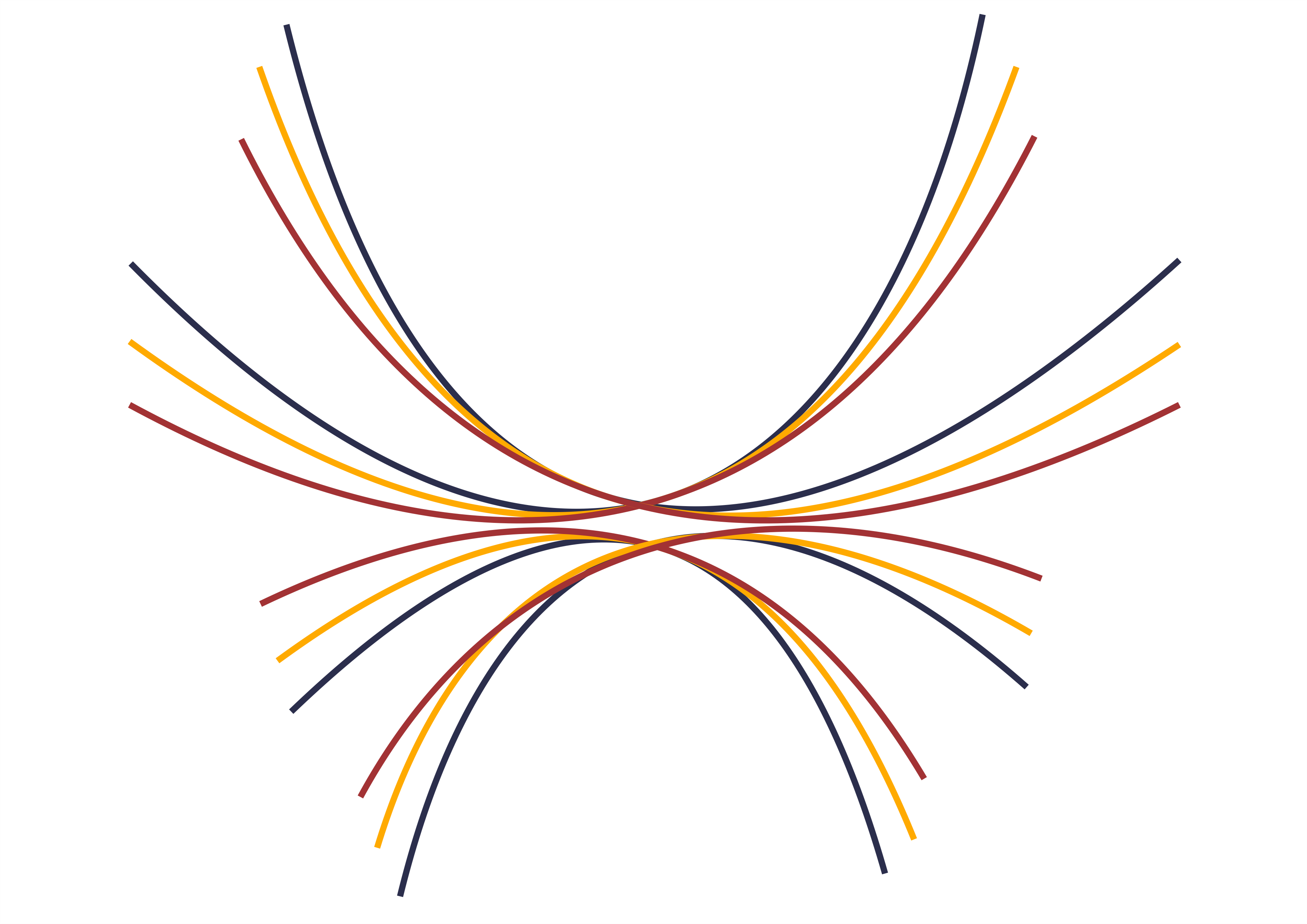Why Creative content important for increasing sales? – According to Neuro-Marketing.
Hello, fellow business enthusiast!
Ever wondered how some businesses seem to effortlessly boost their sales? The secret sauce is out, and it's called content design. But wait, there's more! We're about to dive into the world of neuro-marketing, where science meets sales. Get ready to discover how to transform your content design into a sales powerhouse – it's simpler than you think!
1. Why Content Design? A Recipe for Sales Success
Imagine this: you walk into a store that feels welcoming, everything neatly arranged, and products displayed beautifully. That’s the magic of content design – online. Here’s why it matters for your sales:
1.Feelings Drive Actions: Your content is like a warm handshake to your customers. Effective design triggers emotions – happiness, excitement, trust. Neuro-marketing tells us that emotions lead to buying decisions. So, when your content design speaks to your customers’ hearts, sales follow.
2. Quick Attention Magnet: We live in a fast-scrolling world. A well-designed content piece acts like a magnet, grabbing attention instantly. Those vibrant images and snappy titles? They’re like a wink that keeps your customers hooked on your products.
3. Familiarity Breeds Confidence: Picture this – you recognize a friend’s voice even in a crowded room. Similarly, consistent content design makes your brand recognizable. Neuro-marketing reveals that our brains love familiar things, which leads to trust, and trust equals sales.
2. The Neuro-Marketing Magic Touch
Let’s sprinkle some neuro-marketing pixie dust to amplify your sales strategy:
1. Colors Speak Louder Than Words: Colors are like your brand’s secret language. Each hue evokes different feelings. Use colors that match your brand’s personality – red for urgency, blue for trust. Neuro-marketing reminds us that colors are a direct line to our emotions.
2. Simplicity Wins Hearts: Keep it simple, smart cookie. Clear headings and organized content guide your customers smoothly. Neuro-marketing spills the beans that our brains adore simplicity. When your design is clear, the path to purchase becomes a breeze.
3. Proof is in the Pudding: Ever followed a crowd? That’s the bandwagon effect, and it works like a charm. Show off customer reviews, ratings, and testimonials with eye-catching design. This builds trust faster than you can say “sales boost.”
4. FOMO – The Silent Persuader: Fear of missing out (FOMO) is like a sales superhero. Craft a sense of urgency – limited-time offers, low stock alerts – and watch as FOMO nudges your customers to hit that “Buy Now” button.
5. Make it Personal: Imagine getting a birthday card that’s just for you. Personalized experiences create a connection. With design tweaks, you can make customers feel like VIPs. Neuro-marketing whispers that personalization equals engagement, and engagement equals sales.
3. How to Hack the Limbic Brain System of customers by Creative Design Content?
Hacking into the limbic brain system of customers through creative design content involves tapping into their emotions, desires, and instincts to create a strong connection and drive actions. Here’s how you can do it:
1. Understand Your Audience’s Emotions: Research your target audience to understand their emotions, pain points, and aspirations. Develop a deep understanding of what triggers their feelings and drives their decisions.
2. Embrace Storytelling: Craft narratives that resonate emotionally with your audience. Stories engage the limbic brain system, making your content memorable and relatable. Use visuals, characters, and situations that evoke emotions aligned with your brand’s message.
3. Use Powerful Visuals: Visuals are a direct route to the limbic brain. Utilize captivating images, colors, and design elements that evoke the desired emotions. For example, warm colors like red and orange can evoke excitement and passion.
4. Trigger Positive Associations: Associate your brand with positive emotions. Use design elements that align with feelings of happiness, joy, and satisfaction. Consistently evoking positive emotions builds a strong brand connection.
5. Evoke Nostalgia: Nostalgia taps into deep emotional reservoirs. Design content that recalls familiar and comforting elements from the past. This can create a sense of trust and nostalgia-driven purchasing decisions.
6. Show Real People and Emotions: Incorporate authentic images of people displaying genuine emotions related to your product or service. Seeing real people expressing happiness, contentment, or success triggers empathy and encourages customers to envision themselves using your product.
7. Use Clever Copywriting: Craft headlines and copy that evoke emotional responses. Use words that resonate with your audience’s values and desires. Highlight benefits that directly address their emotional needs.
8. Create Personalized Experiences: Tailor your design content to individual preferences. Personalization taps into the limbic brain’s desire for individual attention and relevance. Show customers that you understand their unique needs.
9. Invoke Scarcity and Urgency: The fear of missing out is a powerful emotion. Design content that conveys limited availability or time-sensitive offers. This triggers a sense of urgency and prompts quicker actions.
10. Leverage Social Proof: Design content that showcases real testimonials, reviews, and success stories from customers. Positive feedback from others taps into the limbic brain’s need for social validation and can influence purchasing decisions.
11. Simplify Decision-Making: Neuro connected design content should be clear and easy to understand. Eliminate complexity and provide a straightforward path to action, reducing cognitive load and encouraging emotional responses.
12. Consistency is Key: Maintain a consistent emotional tone across all touchpoints. From your website to your social media profiles, unified emotional branding establishes a lasting connection with your audience.
Remember, the limbic brain system is responsible for emotional decision-making. By designing content that speaks to the limbic brain’s desires, fears, and instincts, you can create a powerful emotional bond between your brand and your customers, leading to increased engagement and conversions.
4. In a Nutshell
Content design isn’t just aesthetics – it’s a sales amplifier. When it dances to the tunes of neuro-marketing, your content design talks directly to your customers’ brains. Emotions, trust, colors, urgency – it’s all part of your design’s toolkit for boosting sales.
So, there you have it, fellow adventurer! You hold the key to supercharging your sales through the magic of content design and neuro-marketing. Apply these principles, and you’ll have customers clicking, converting, and celebrating sales success. Get ready to design your way to the top – happy designing and happier selling!







